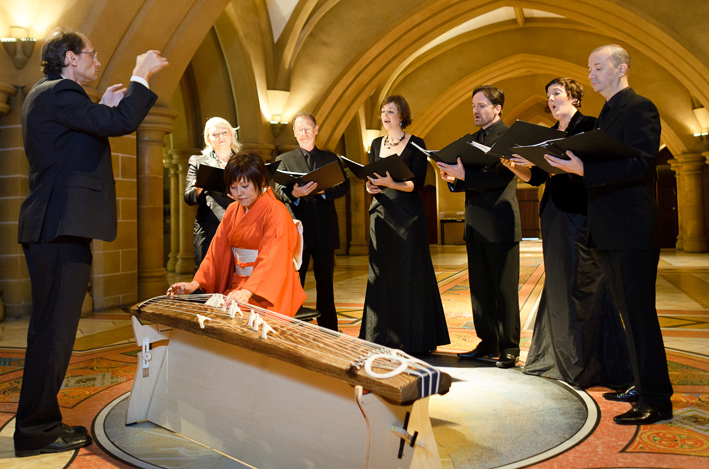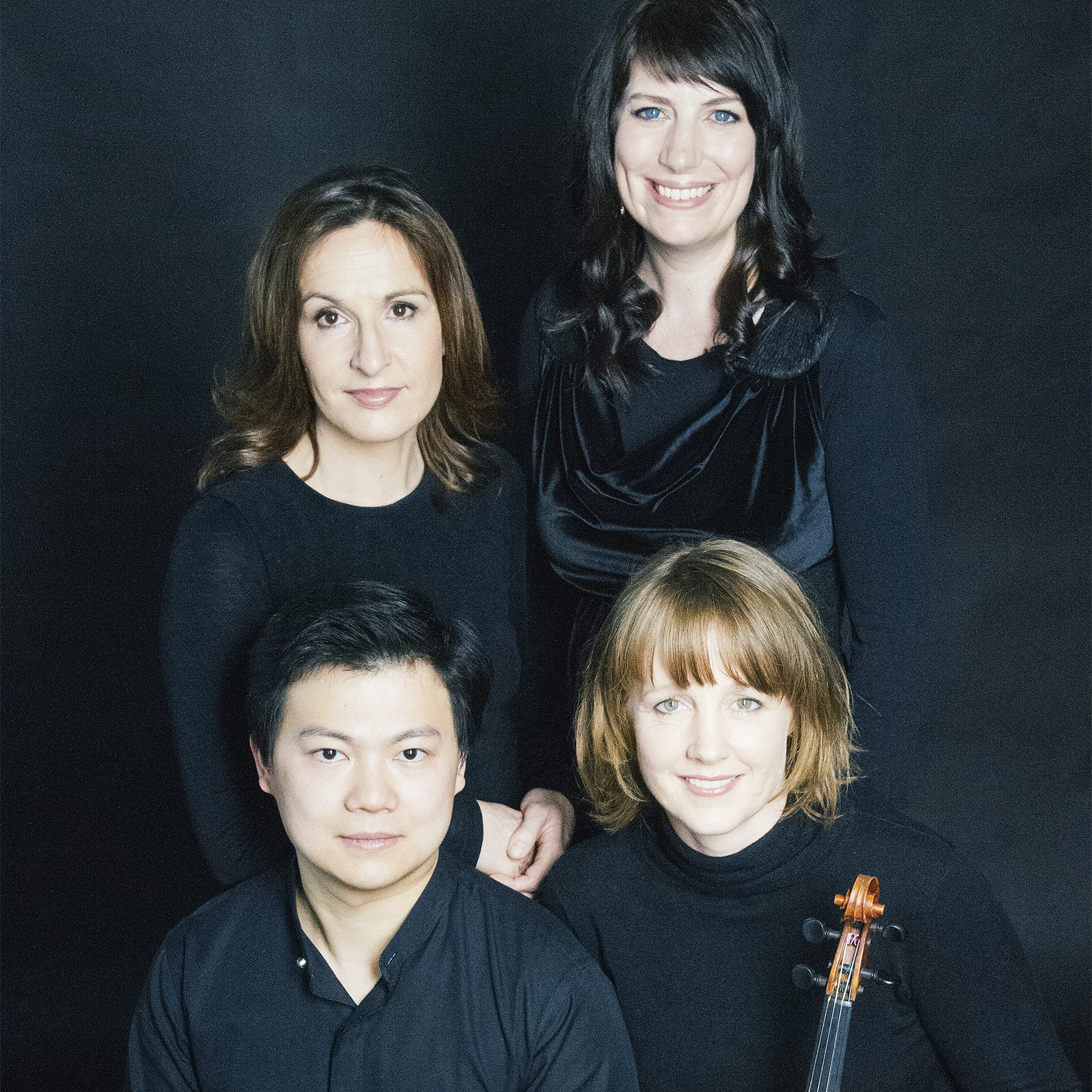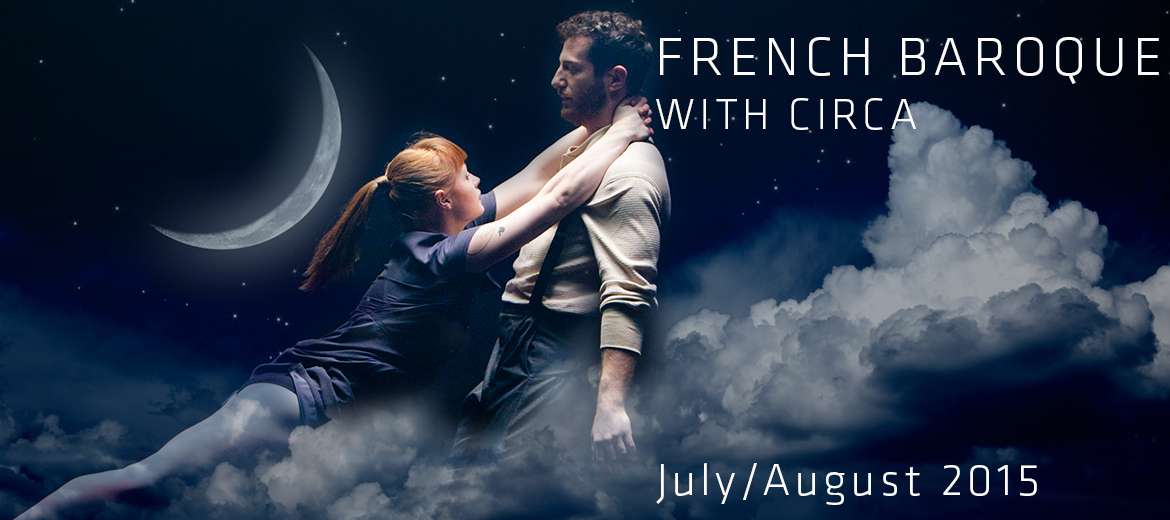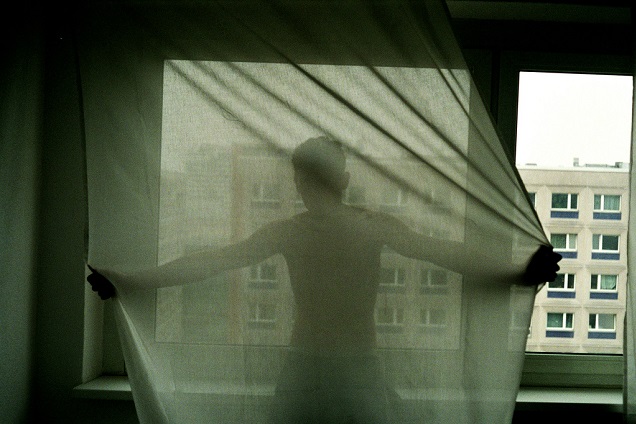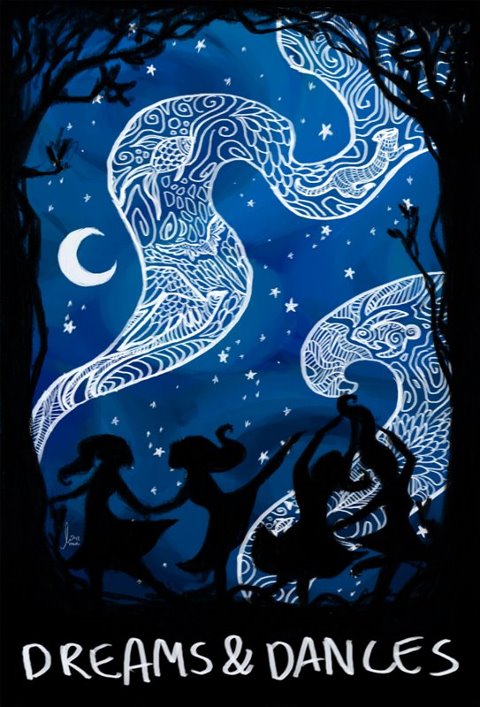“Heaven and earth meet” for the tears of st Peter
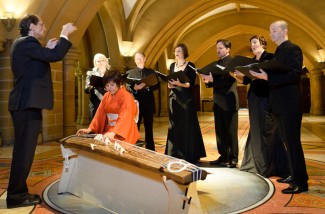
In their Easter presentation the Song Company directed by Roland Peelman continues to befriend unusual partners. The sole item on the programme is the anthology of 21 spiritual madrigals Lagrime di San Pietro, composed by Orlando di Lassus in 1594. Performing with them is Sydney based koto virtuoso Satsuki Odamura. It sounds curious at a musical level, but on second thoughts, it makes perfect sense.
Orlando di Lasso (c 1532, Belgium – 1594, Munich) was one of the most prolific and influential composers of the late renaissance. He travelled widely and his impact was felt far beyond local boundaries and centuries after he died. The Lagrime di San Pietro was his swansong, written in 1594 for 7 voices, a capella. The words of the first 20 madrigals were written by the Italian poet Luigi Tansillo. They tell of the grief experienced by Peter after his denial of Christ, and his memory of Christ’s admonition. A Catholic throughout his life, the work was dedicated to Pope Clement VIII.
Song Company artistic director Roland Peelman talks about the production:“This monumental work is one of the most poignant and personal responses to the great themes of Holy Week and Easter. Written within the Christian context (the Counter-Reformation) it deals with Peter’s betrayal, his sense of loss, bewilderment and remorse in a humanistic way. We get a deeply human perspective, rather than a church perspective.“
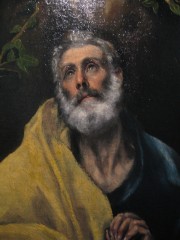
Meantime, in China, a zither like instrument had been played since the 1st century AD, and in the 700s, made its way to Japan where it was called the koto. By the time of the 16th century, when Lassus wrote the Lagrime, the koto was emerging as as a solo instrument and being heard beyond the halls of the royal courts. Although the Lagrime was composed as an a capella setting, it has been performed with various accompanying period instruments like the gamba, winds, theorbo and even organ. So why not the koto?
Like many Renaissance instruments the koto is plucked and has a soft, clean sound that doesn’t sustain or reverberate. It is well suited to this repertoire. “When Satsuki plays the koto, something very deep from her culture emanates through her hands and those strings. The koto interludes in between the polyphony of Lassus work in a kind of purifying, cleansing way”, observes Roland Peelman.
The crypt of St Mary’s Cathedral is the venue for this concert. “It is one of the most remarkable spaces in Australia. The sound is magnificent of course, but most importantly, the quasi sub-terranean atmosphere brings a great sense of occasion and introspection. Also, there is great meaning in the design of the crypt, as if heaven and earth meet here” says Peelman.
This year, the Song Company’s programme has water as its theme. Peelman adds that the inclusion of the koto will add a new layer of meaning to the work. “Improvised live, it allows a reference to the great tsunami that affected Japan last year, the incredible loss of lives and livelihood – it brings the experience to the here and now – and it also widens the scope of the work beyond the traditional Christian ritual.”
Shamimstha de Soysa for SoundsLikeSydney
Program
Orlando di Lasso (1532 — 1594) Lagrime di San Pietro — Tears of St Peter
Satsuki Odamura, koto
The Song Company, directed by Roland Peelman:
Anna Fraser (soprano) |Clive Birch (bass) |Mark Donnelly (baritone
Richard Black (tenor)| Susannah Lawergren (soprano)| Lanneke Jones (mezzo)
Tickets: (02) 8272 9500 or visit www.songcompany.com.au

